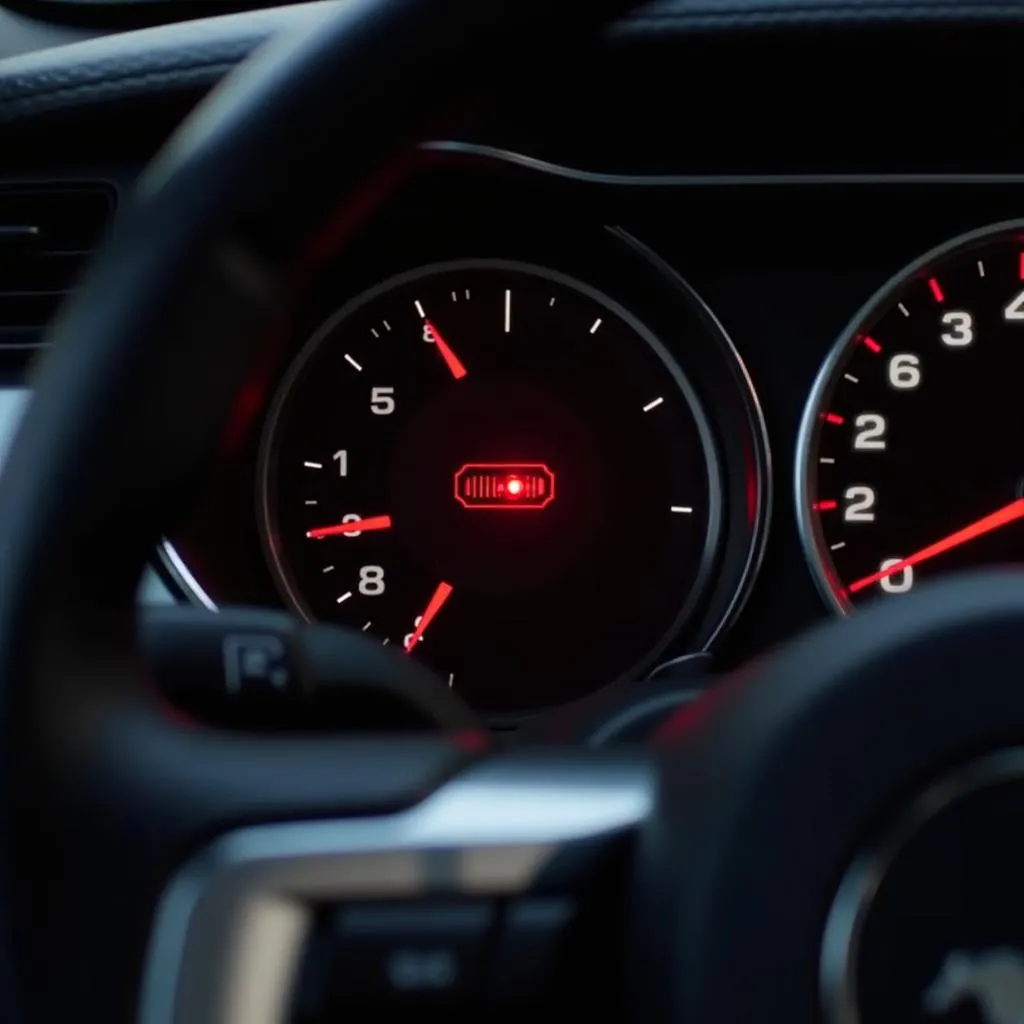The AdBlue system in your Audi Q5 is designed to reduce harmful emissions, but it can sometimes malfunction and require resetting. If you’re experiencing issues with your AdBlue system, you might be looking for a solution to reset it. This article will guide you through the process of resetting the AdBlue system in your Audi Q5, covering common scenarios and providing helpful tips for troubleshooting.
Understanding the AdBlue System in Your Audi Q5
AdBlue is a urea solution that’s injected into the exhaust system of your Audi Q5. It reacts with harmful nitrogen oxides (NOx) to convert them into harmless nitrogen, water, and carbon dioxide. The AdBlue system is essential for meeting emissions standards, and any problems with it can lead to engine performance issues and warning lights.
Common Reasons for AdBlue System Malfunctions
Several factors can contribute to AdBlue system problems in your Audi Q5, including:
- Low AdBlue Fluid Level: If the AdBlue tank is empty or running low, your vehicle will display a warning light.
- Faulty AdBlue Sensor: The sensor that measures the AdBlue level can malfunction, leading to inaccurate readings.
- Clogged AdBlue Injector: The injector that delivers AdBlue to the exhaust system can become clogged, preventing proper operation.
- AdBlue System Software Error: Software glitches within the AdBlue system can cause errors and require resetting.
How to Reset the AdBlue System in Your Audi Q5
Resetting the AdBlue system in your Audi Q5 can be done through various methods, depending on the specific issue and your technical expertise. Here are some common methods:
1. Resetting the AdBlue System Manually
If the AdBlue warning light is on due to a low fluid level, you can usually reset it by adding more AdBlue to the tank. Once you’ve refilled the tank, the warning light should automatically reset after a short drive.
2. Using a Diagnostic Tool (VCDS)
For more complex AdBlue issues, a diagnostic tool like VCDS (Vehicle Communication Data System) is often necessary. VCDS allows you to access the vehicle’s control modules and diagnose problems with the AdBlue system. To reset the AdBlue system with VCDS, you’ll need to:
- Connect VCDS to Your Audi Q5: Plug the VCDS cable into the diagnostic port on your Audi Q5.
- Navigate to the AdBlue System: Use the VCDS software to access the AdBlue system module.
- Reset the AdBlue System: Select the appropriate reset option within the VCDS software.
- Confirm the Reset: Confirm the reset operation and allow the vehicle to restart.
Note: Using a diagnostic tool like VCDS requires some technical knowledge and understanding of automotive electronics. If you’re unsure about using VCDS, consult a professional mechanic.
3. Using the Vehicle’s Onboard Menu
Some Audi Q5 models might have a reset option for the AdBlue system through the vehicle’s onboard menu. To access this option, refer to your Audi Q5’s owner’s manual for instructions.
Troubleshooting AdBlue System Issues
If you’re experiencing AdBlue system problems, it’s important to troubleshoot the issue to determine the cause. Here are some troubleshooting steps:
- Check the AdBlue Fluid Level: Start by checking the AdBlue fluid level in the tank. If it’s low, simply refill it and see if the warning light resets.
- Inspect the AdBlue Sensor: Inspect the AdBlue sensor for any signs of damage or corrosion. If the sensor is faulty, it may need to be replaced.
- Test the AdBlue Injector: Check the AdBlue injector for any signs of clogging or leaks. If the injector is clogged, you might need to clean or replace it.
- Verify AdBlue System Software: Use a diagnostic tool like VCDS to check for any software errors within the AdBlue system. If errors are found, you may need to update or reset the software.
Frequently Asked Questions (FAQs)
Q: What happens if I don’t reset the AdBlue system?
A: If you don’t reset the AdBlue system after a warning light appears, your vehicle may eventually go into “limp-home” mode, limiting its speed and performance. Additionally, neglecting AdBlue system problems can lead to costly repairs in the future.
Q: How often do I need to refill AdBlue?
A: The frequency of AdBlue refills depends on your driving habits and the size of the AdBlue tank. On average, you might need to refill every 6,000-8,000 miles.
Q: Can I use regular diesel fuel in the AdBlue tank?
A: No, never use regular diesel fuel or any other liquid in the AdBlue tank. Using the wrong fluid can severely damage your AdBlue system and lead to costly repairs.
Q: Is it safe to drive my Audi Q5 with a low AdBlue level?
A: It’s generally safe to drive with a low AdBlue level for a short distance, but you should refill the tank as soon as possible to avoid potential issues.
Q: Can I reset the AdBlue system myself?
A: You can attempt to reset the AdBlue system yourself, especially if it’s due to a low fluid level. However, for more complex issues, it’s recommended to consult a professional mechanic.
Q: Where can I get AdBlue for my Audi Q5?
A: AdBlue is available at most gas stations and auto parts stores. Make sure to purchase AdBlue that’s specifically designed for automotive use.
Conclusion
Understanding the AdBlue system in your Audi Q5 is crucial for maintaining optimal performance and emissions compliance. While most AdBlue issues can be resolved with a simple refill or a reset through the vehicle’s menu, more complex problems might require a diagnostic tool or professional assistance. By understanding the common causes of AdBlue system problems and troubleshooting techniques, you can ensure your Audi Q5 runs smoothly and efficiently.

